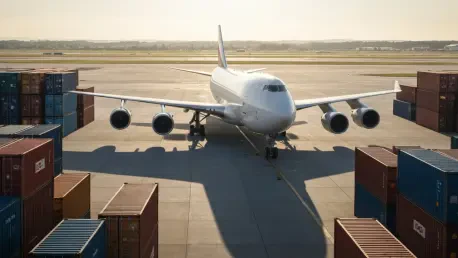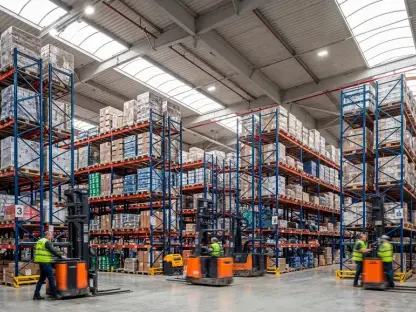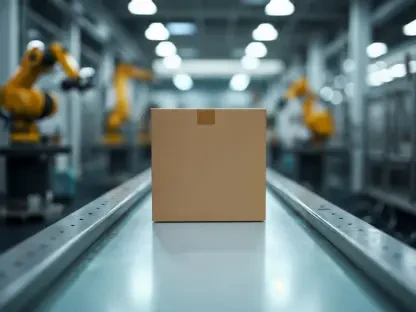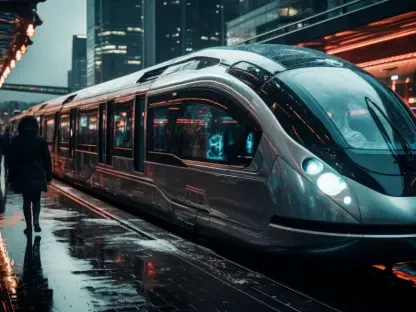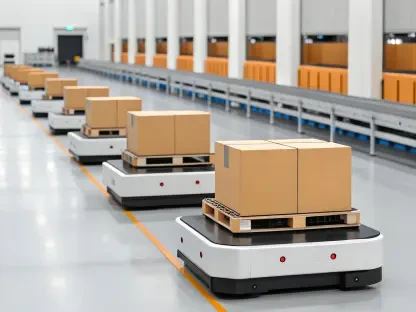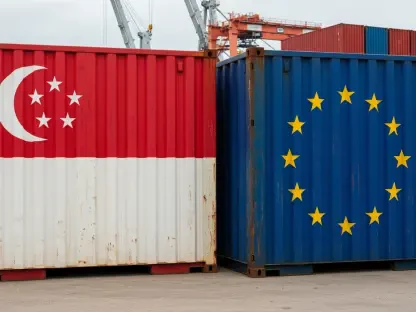Introduction
Air cargo’s center of gravity is shifting under pressure from e-commerce speed, pharma precision, sustainability demands, and new digital norms, and the winners will be those hubs that modernize while never missing a beat. Frankfurt finds itself at this inflection point as Lufthansa Cargo advances LCCevo, a €600 million overhaul of its 330,000-square-meter campus that handles about 1.4 million tons a year and processes roughly 80% of the airline’s global freight.
The first phase of the new headquarters opened with 60 workstations and 10,000 square meters designed to foster collaboration, signaling that culture and productivity are being upgraded alongside steel and concrete. Further phases are staged through early 2028, with the cargo center renewal running to 2030, and the plan hinges on a delicate promise: upgrade a 24/7 operation without eroding service.
Industry Landscape
Global air freight is a tight web of integrators, combination carriers, all-cargo airlines, ground handlers, forwarders, and digital platforms. High-yield, time-critical trade continues to rely on mega-hubs, where belly capacity and freighters interlock with customs, pharma-compliant cold rooms, and trusted security regimes.
Digitization now shapes competitive lines: e-AWB, ONE Record, API connectivity, digital twins, and AI-driven planning are moving from pilot to production. European hubs compete not just with neighbors in Paris or Luxembourg, but with Istanbul, Doha, and Dubai, plus integrator superhubs that set the bar on predictability.
Drivers And Demand
E-commerce and express are resetting expectations around frequency, late cutoffs, and visibility. Pharma and perishables demand GDP-compliant facilities, temperature mapping, and deviation-free handling. Sustainability is no longer a footnote: SAF programs, energy-efficient buildings, and electrified GSE are commercial differentiators.
Demand recovered from the 2022–2023 dip as belly capacity normalized, while e-commerce stayed resilient. Through 2030, global tonnage growth looked set for low- to mid-single digits, with e-commerce and pharma outpacing the mean. European hubs leaned into premium yield over volume scale, with KPIs such as dwell time, ULD cycle time, and CO2 per ton-km separating leaders from laggards.
Modernization Challenge
Frankfurt’s constraint is also its advantage: a complex site in continuous use since 1982, now being rebuilt in phases with minimal downtime. The 42-meter-high high-bay warehouse aims to raise throughput per square meter and shrink dwell times, while new office environments target faster cross-functional decisions.
Execution risk sits in live-ops construction, tech interoperability across WMS, robotics, and data layers, and workforce depth for automation and pharma handling. Financial discipline matters as well; a phasing plan must hit ROI while market conditions evolve.
Regulation And Standards
Safety and security frameworks, ACC3/RA3 validations, and cargo screening drive process rigor. Environmental policy—EU ETS, CORSIA, ReFuelEU Aviation—pushes SAF blending and energy-intense assets to a greener baseline. ICS2, AEO, GDPR, and electronic documentation set the terms for compliant, data-rich operations.
Facility design now embeds energy-efficient architecture, future-proof data infrastructure, and cold-chain readiness. Hubs that turn compliance into reliable, auditable service gain pricing power with regulated industries.
Strategic Outlook
LCCevo’s thesis is straightforward: automate high-bay flows, harden resilience, and compress handovers while scaling a digital core for predictive ETAs and resource allocation. The product mix skews toward e-commerce, pharma, high-value tech, and other specialized cargo to lift yields.
Network synergies matter: Frankfurt’s belly reach, paired with freighters and links to secondary gateways, underpins schedule depth. A credible sustainability edge—verifiable emissions metrics embedded in contracts—reinforces stickiness with enterprise shippers and forwarders.
Conclusion
The upgrade positioned Lufthansa Cargo to defend a premium hub role by pairing physical automation with a data-first operating model. The near-term agenda centered on safeguarding SLAs during construction, accelerating ONE Record and API adoption, and monetizing cool-chain reliability in regulated verticals.
Next steps emphasized measurable outcomes: tighter OTIF and dwell times, faster ULD turns, lower energy per ton, higher SAF share, fewer pharma deviations, and on-time milestones through 2028–2030. If those metrics stayed on track, the program would have reinforced Frankfurt’s moat and sustained leadership in a market defined by speed, certainty, and trusted compliance.
